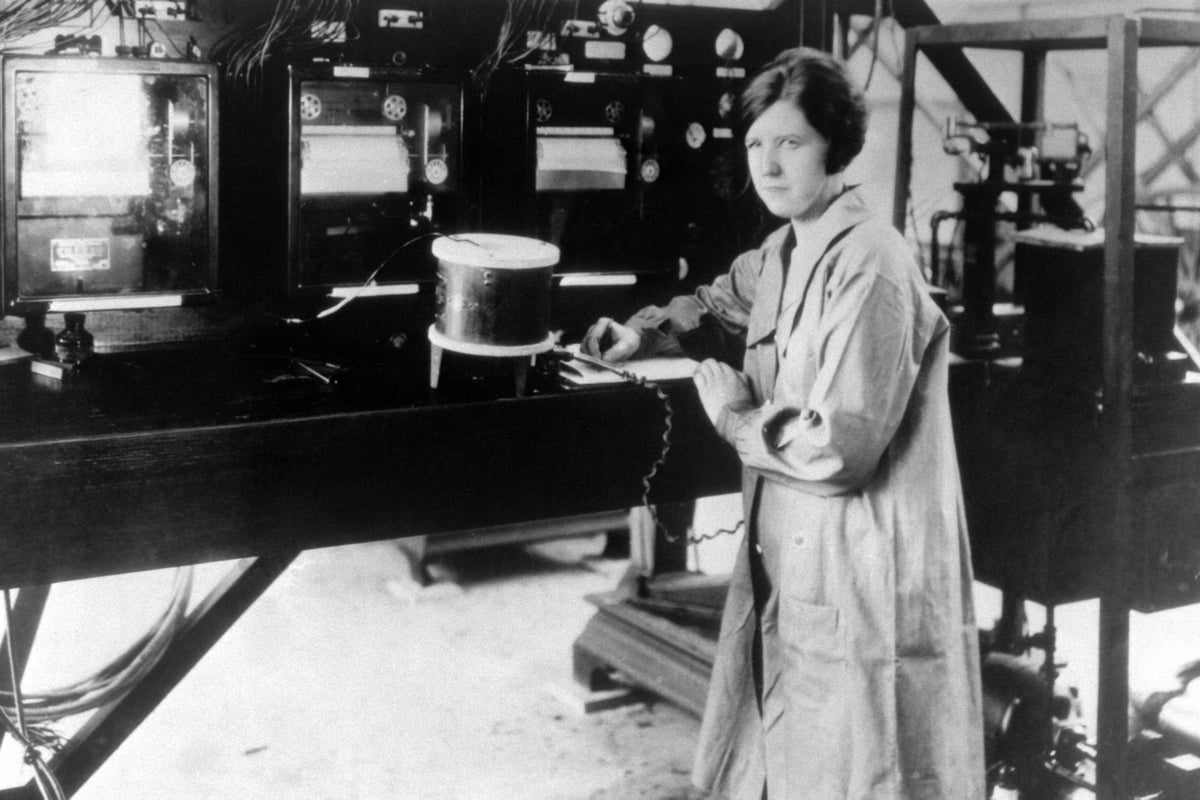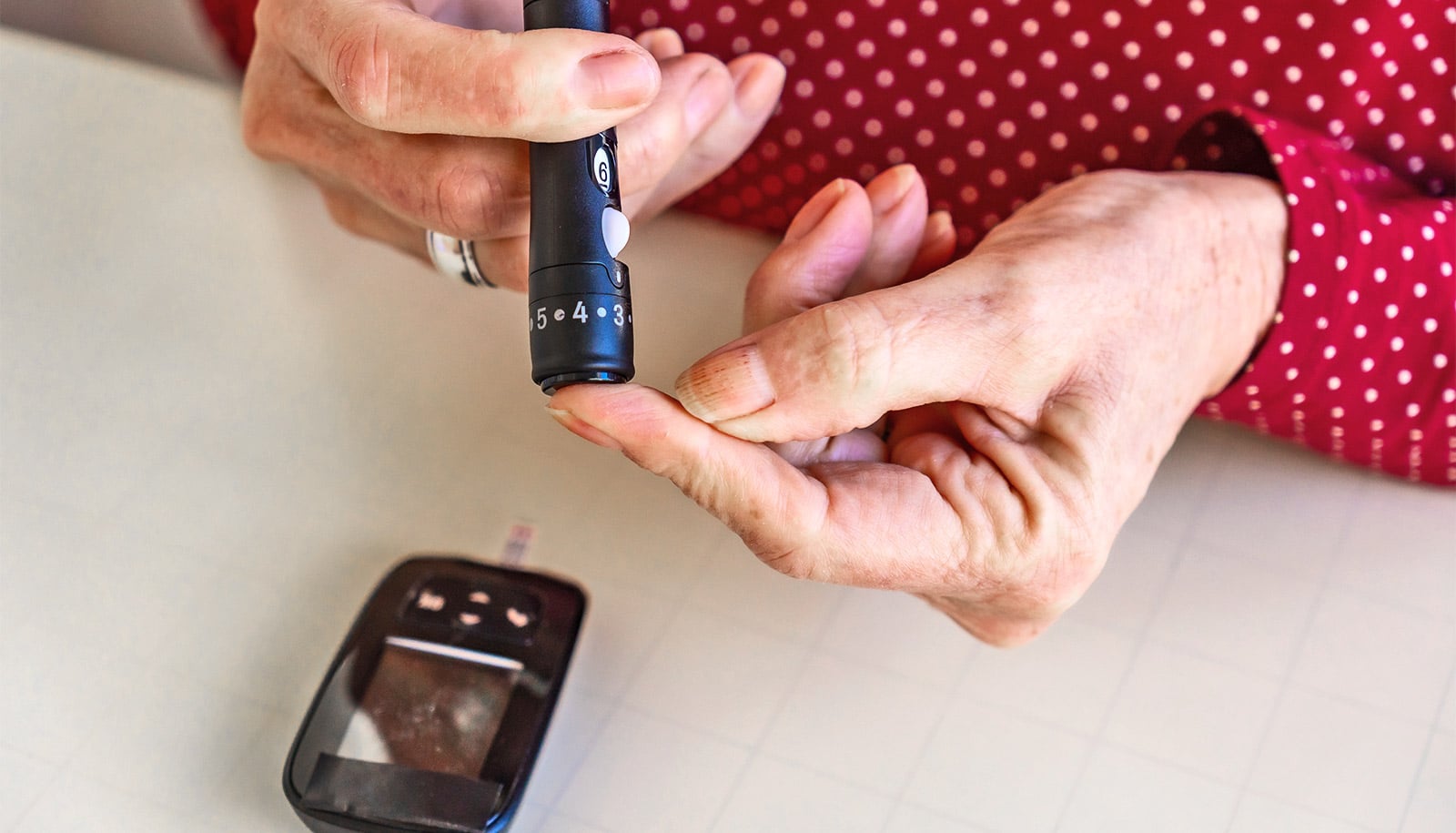Guest Post By Willis Eschenbach
Among my other sins, I have made money as an accountant for several businesses and non-profits plus two of my own businesses, as a tax preparer, and as the Chief Financial Officer for a company with $40 million in annual sales. So I often think in terms of things like Return On Investment (ROI) and Energy Return On Investment (EROI). From that excellent source:
Energy Return on Investment (EROI) is a ratio for describing a measure of energy produced in relation to the energy used to create it. For instance the ratio would illustrate how much energy is used to locate, extract, deliver, and refine crude oil relative to how much useable energy is created.
Today I realized I could create a similar ratio to analyze the climate, a ratio which I’ve called “WROI” for “Watts Return On Investment”. It is defined as the value at the surface of the earth of:
Downwelling thermal radiation from the atmosphere divided by upwelling thermal radiation from the surface
Conceptually, it works like this. Depending on its temperature, at each location the surface emits a certain amount of upwelling thermal radiation. That’s the investment, measured in watts per square meter of surface. (W/m2)
Some percentage of that upwelling thermal radiation is absorbed by the atmosphere, and some percentage of that returns to the surface as downwelling thermal radiation. That’s the return, again in W/m2.
And Watts Return On Investment (WROI) is the ratio of those two. It’s the downwelling thermal radiation as a percentage of the upwelling surface thermal radiation.
And why is this of interest?
Well, the CO2 roolz temperature theory says that as CO2 increases, the amount of downwelling thermal radiation should increase worldwide due to the increased absorption of upwelling surface thermal radiation.
And more to the point, I realized that depending on its size, that change might be visible in the WROI data.
Here’s the funny part. At the time this morning when I was contemplating this, I was taking a break from riding my bike on a trail a ways from home.
There’s a bench at that spot where I sit and toss my thoughts around. It was there that I came up with the idea of the WROI.
As you might imagine, I was excited to flesh out this concept and learn what the data actually showed, would the CO2 change be visible, where would the WROI be greatest and smallest … and of course, no computer in sight. Grrr.
Frustrating, but it meant that I had time to think about what the CO2 roolz temperature theory would predict. It would predict that the WROI should increase over time, due to the increase in the percentage of upwelling longwave radiation absorbed by the increasing atmospheric CO2.
I also thought that the WROI might be larger in the northern hemisphere since atmospheric CO2 concentrations are higher in the north.
And better yet, I could calculate how much the WROI should increase due to the increase in CO2.
Buoyed by all that, I got back on my bike and kept riding. Clearly, I’m back home now. So here’s the log of some of my initial wanderings in the WROI data.
I took a look at the change in the WROI over time in the CERES satellite dataset. Remember that the CO2 roolz temperature theory predicts an increase in WROI over that period.
To that graphic of the WROI time series, I added a line showing the size and timing of the increase in WROI that is predicted by the increase in atmospheric CO2. (Red line in Figure 1 below, calculation details in a footnote.) Here is the result.

Figure 1. Percentage of upwelling surface radiation that is radiated back to the surface.
Dang-a-lang, sez I … that is a most interesting graph.
It shows that whatever has caused the temperature increase over the last two decades … it’s clearly not due to an increase in the amount of surface upwelling thermal radiation that is absorbed by atmospheric CO2.
Anyhow, that was my morning. I’m going for a walk now. There’s more to discuss in the WROI data, but that’s for another day.
My very best to all, including climate skeptics, heretics like me, and mainline folks,
w.
Yeah, you’ve heard it before: When you comment please quote the exact words you are referring to. I can only defend my words, not what you think my words said.
TRIGGER WARNING: MATH AHEAD!

To calculate the predicted percentage change in the WROI due to CO2 takes a few steps.
First I converted the time series of the CO2 change in ppmv to W/m2 of predicted forcing.
Forcing Anomaly (W/m2) = log2( CO2 time series / (first of CO2 time series) )*3.7 W/m2 per doubling of CO2
Then I converted that CO2 forcing anomaly time series to percentage units by dividing it by the same thing I used to create the WROI, which was the CERES time series of the upwelling thermal radiation from the surface. That gives me the CO2 forcing anomaly in the same percentage units as the WROI.
Finally, I added that CO2 forcing anomaly percentage time series to the starting point of the CEEMD smooth of the WROI time series. That gave me the red line in Figure 1, the percentage increase predicted by the increase in atmospheric CO2.
Related





















Discussion about this post